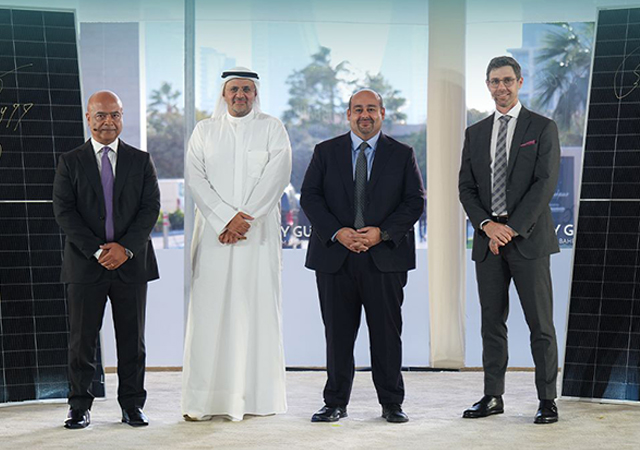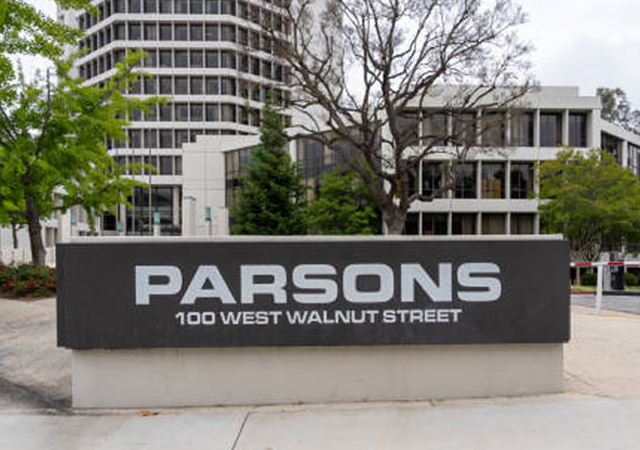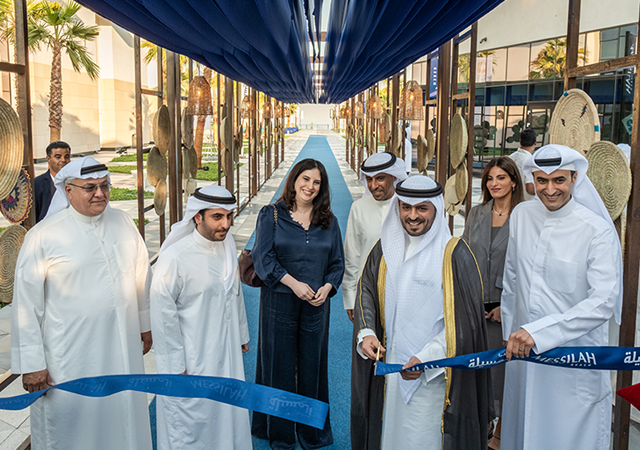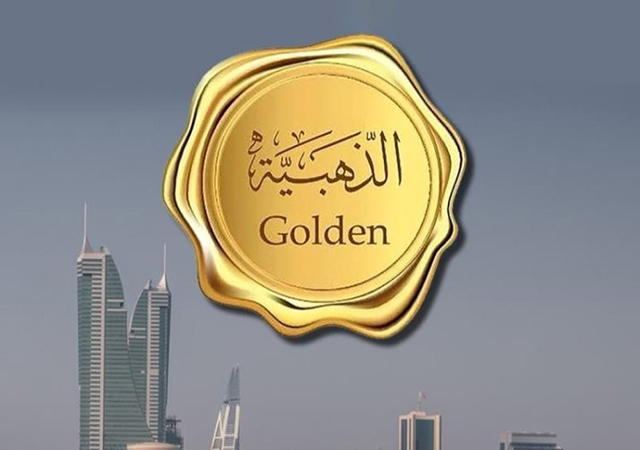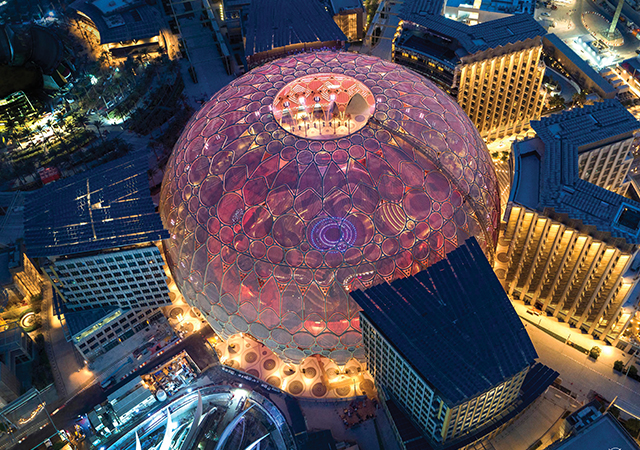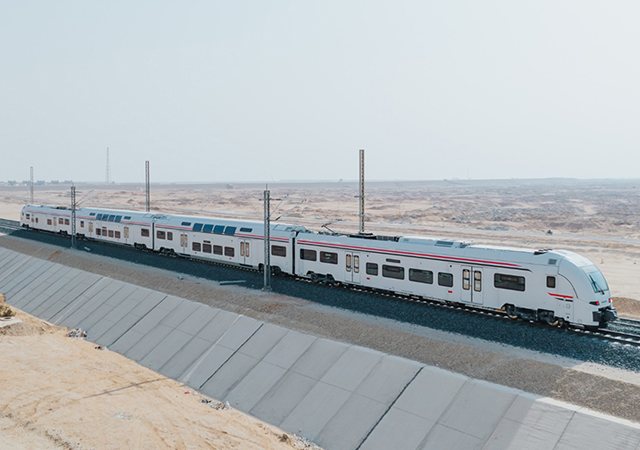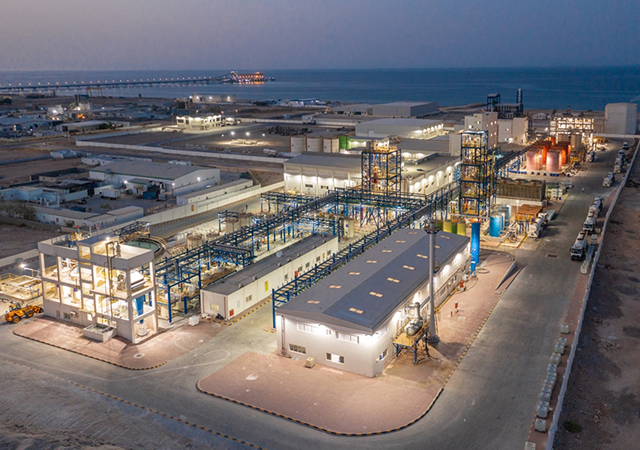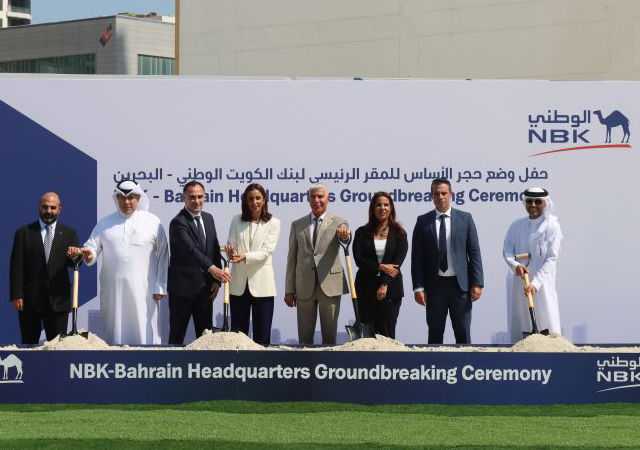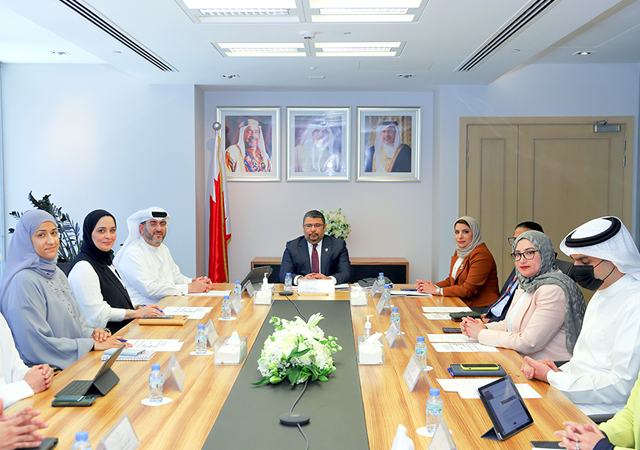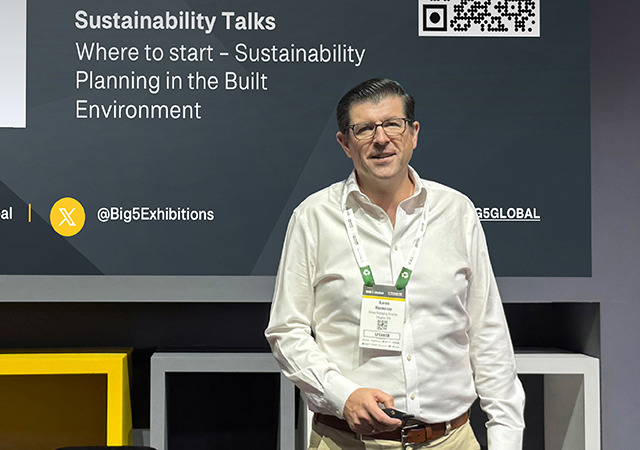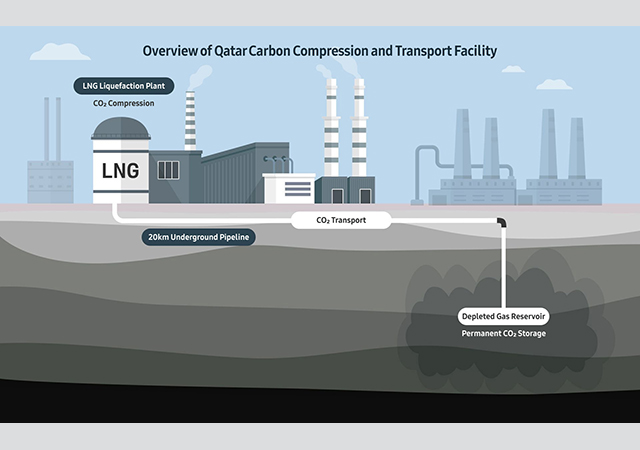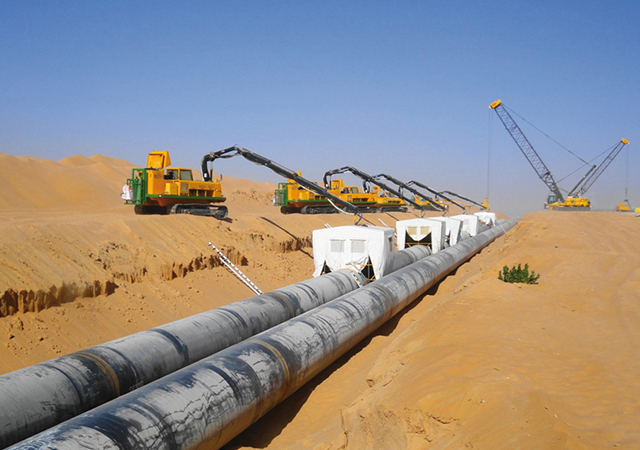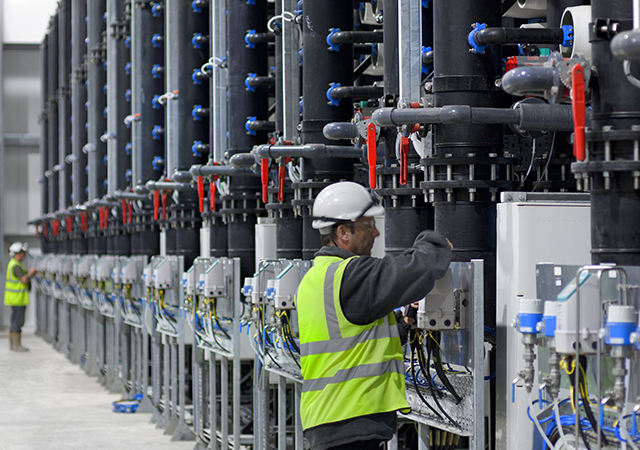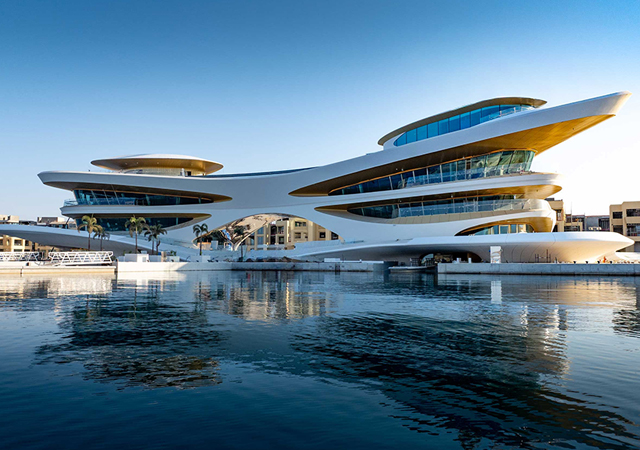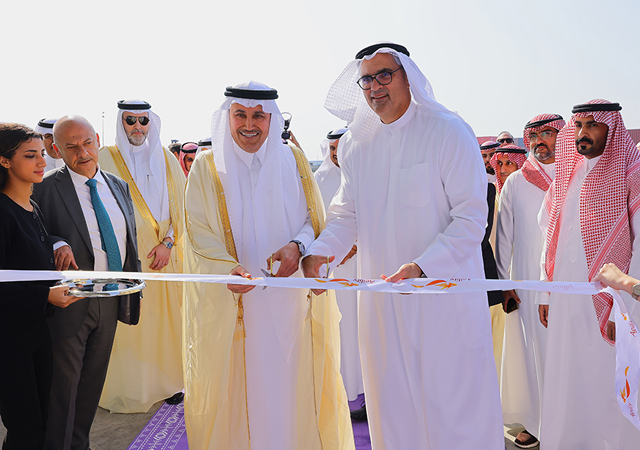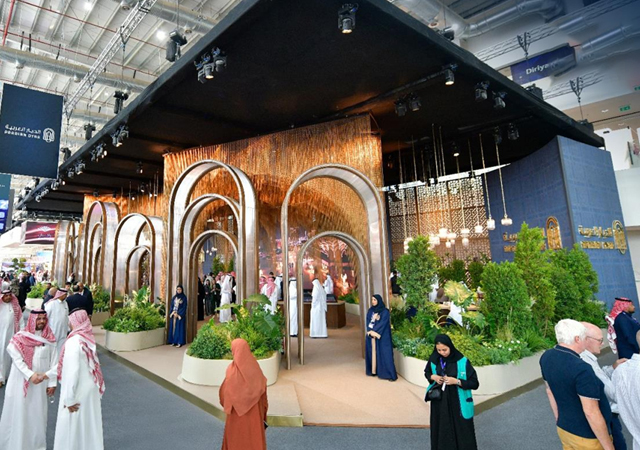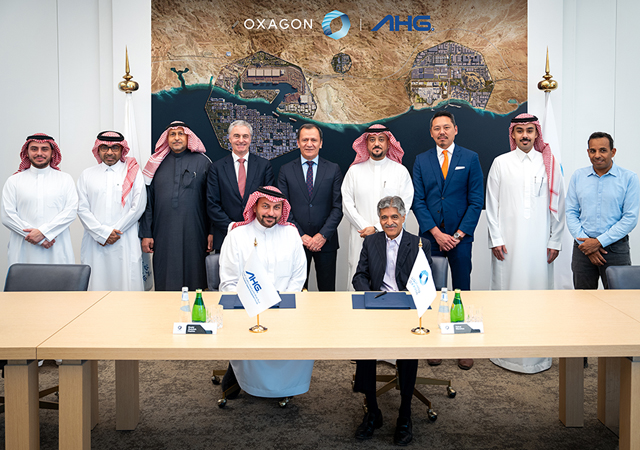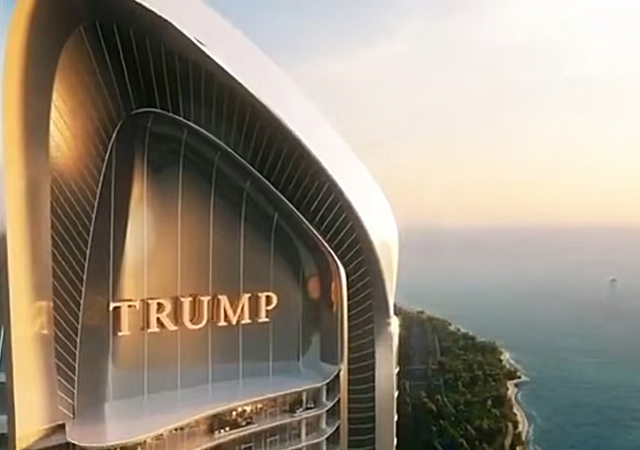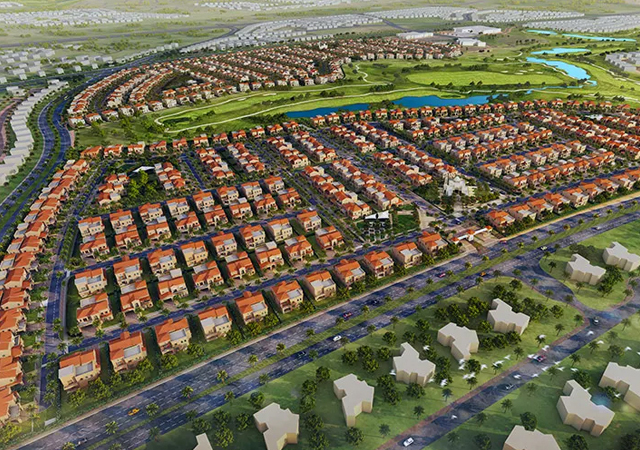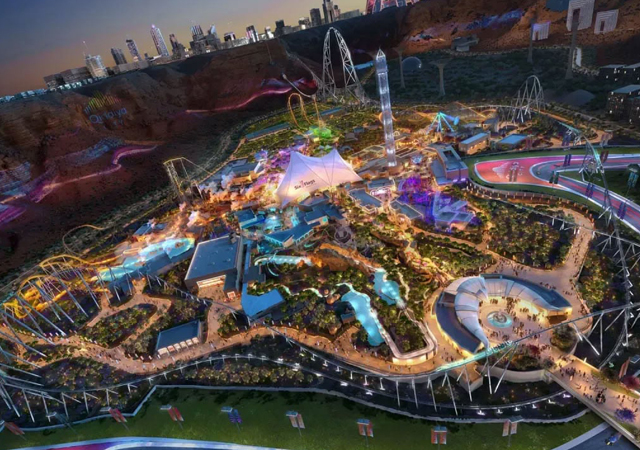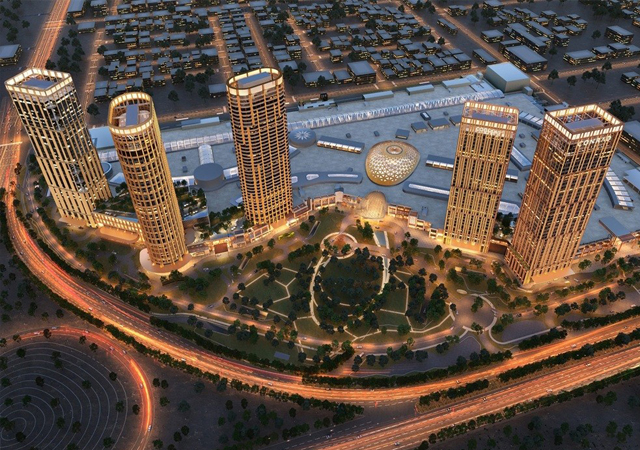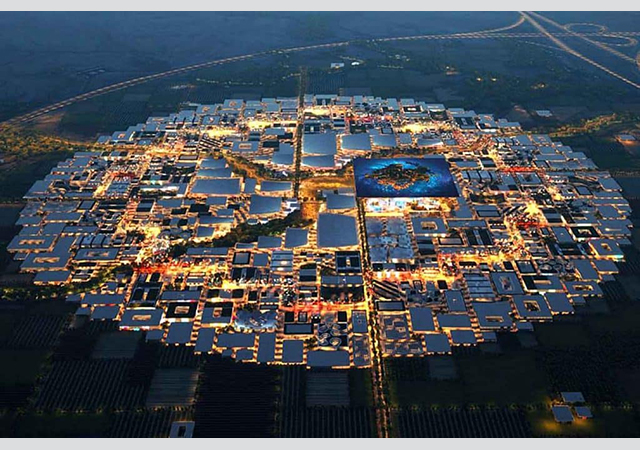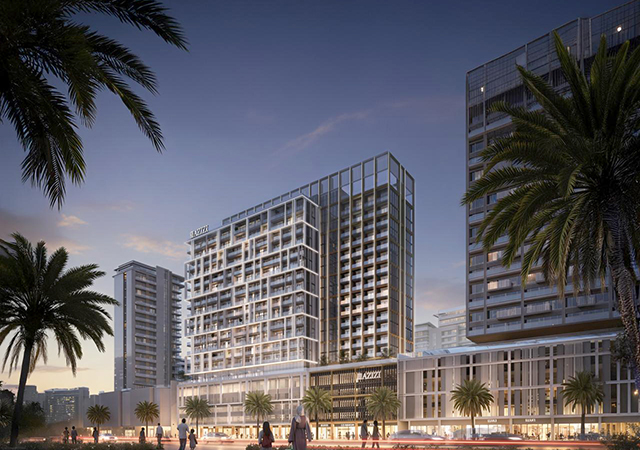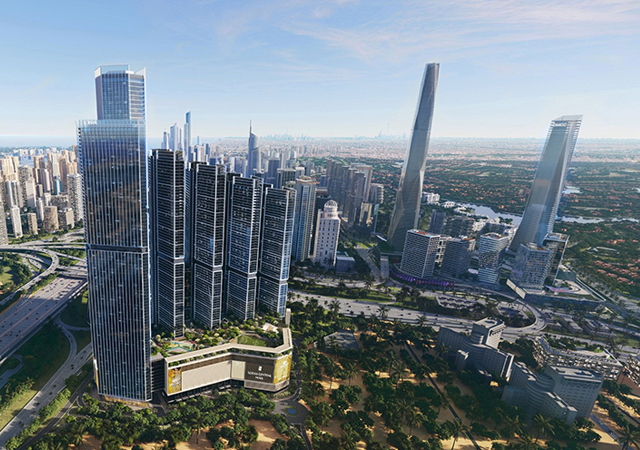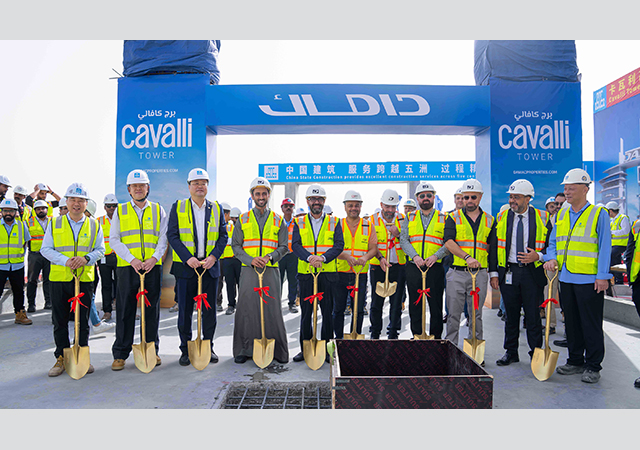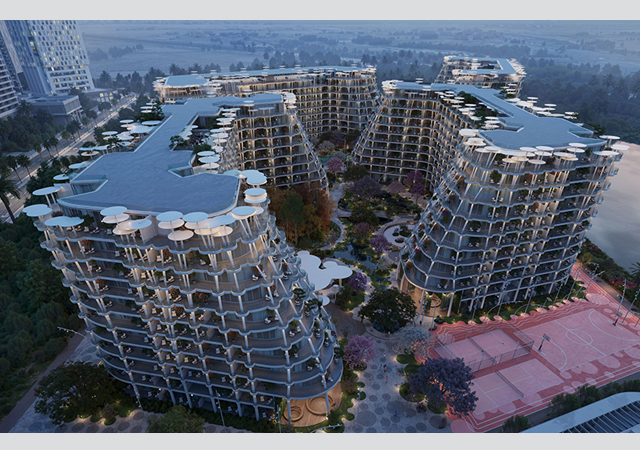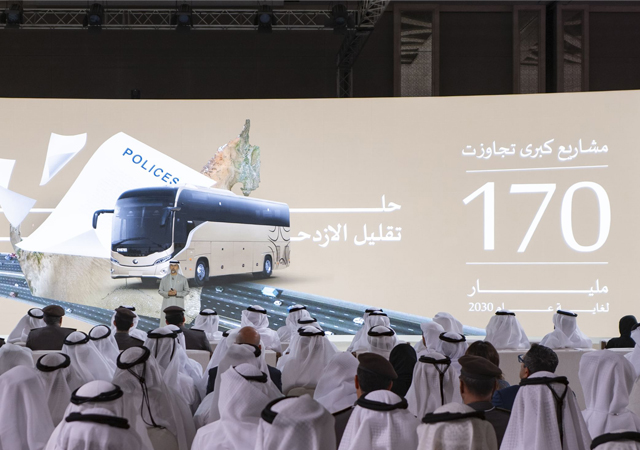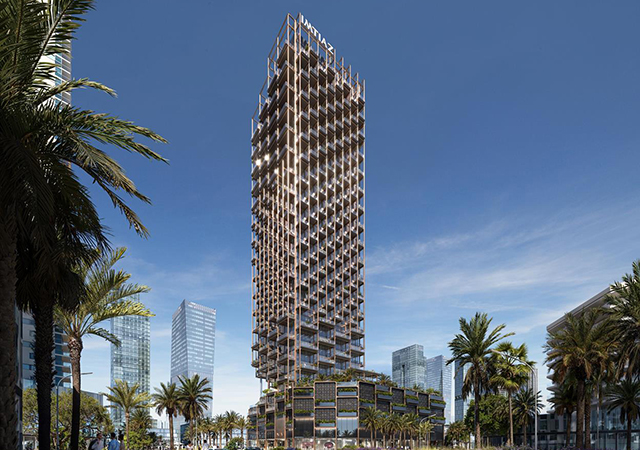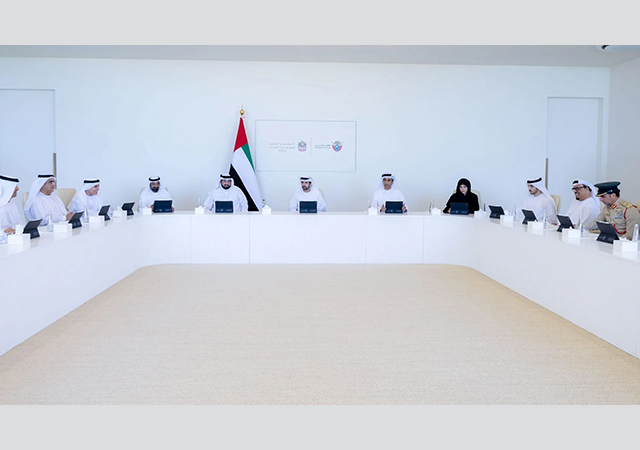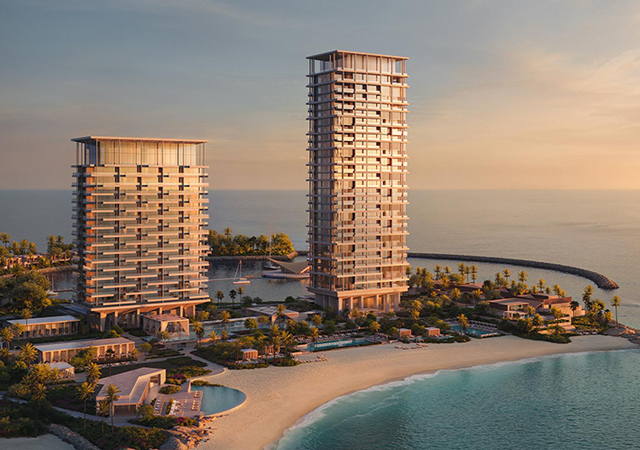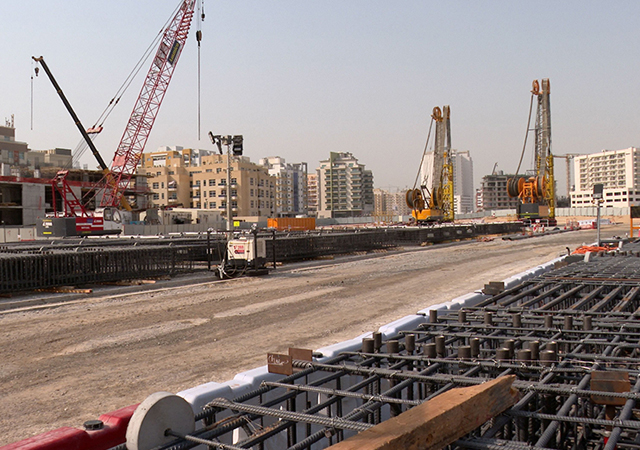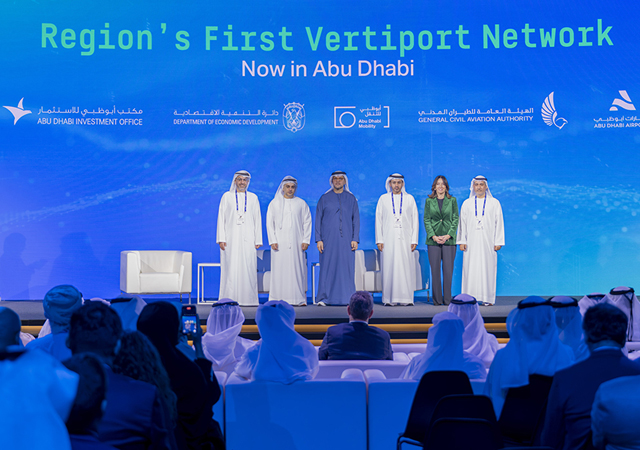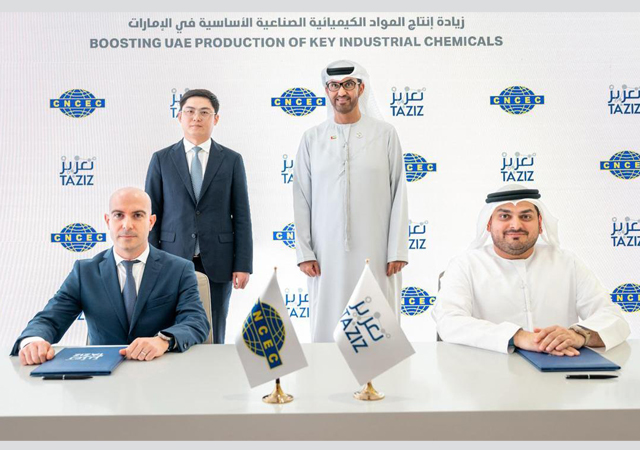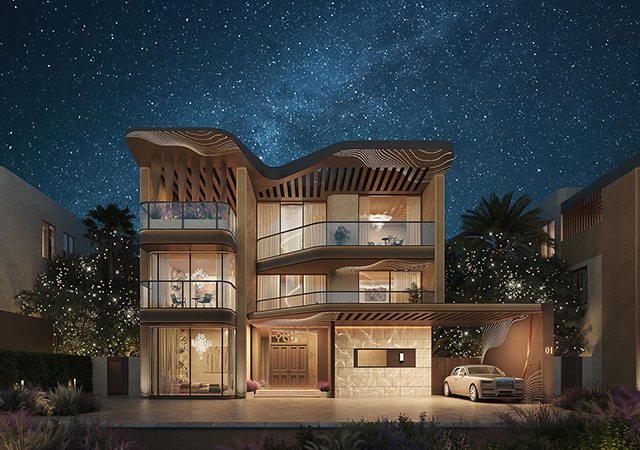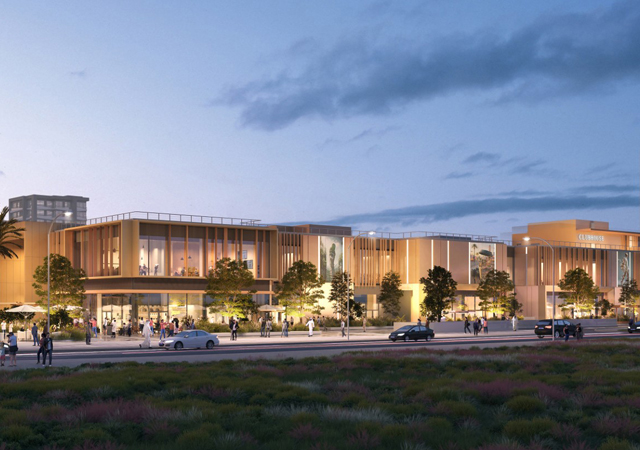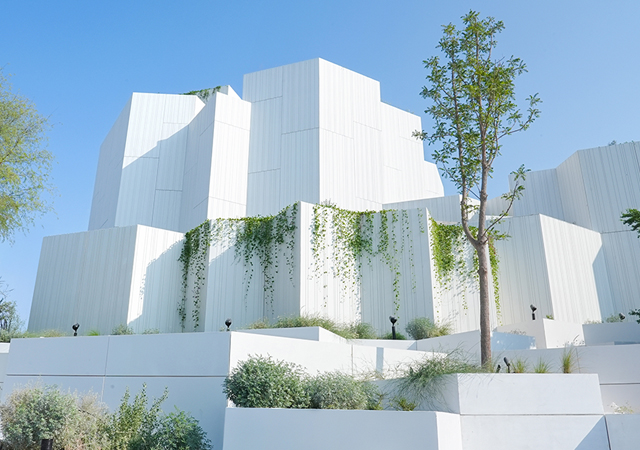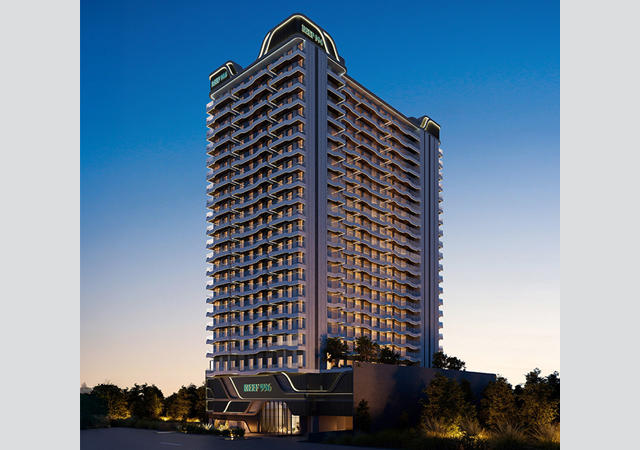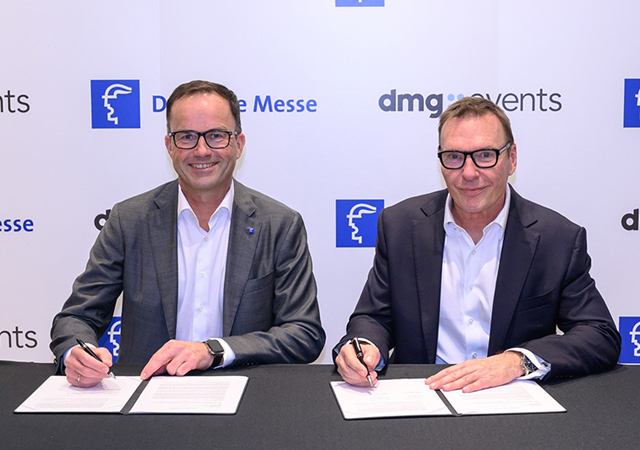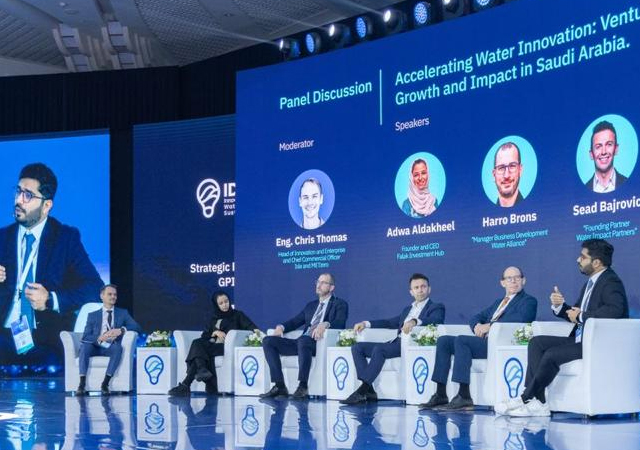
 An overview of Musheireb’s masterplan.
An overview of Musheireb’s masterplan.
A PIONEERING regeneration project aimed at taking Doha back to its roots and reviving the old commercial centre of the city, is set to get off the ground this year with the award of two major contracts on Phase One of the development.
Previously known as Heart of Doha, the QR20-billion ($5.49 billion) Musheireb deploys a community-based architectural language across its 35-hectare expanse, besides incorporating elements of sustainability and eco-friendly practices.
The development, to be completed in five phases by 2016, will contain 226 buildings and will be home to approximately 27,637 residents within Mohammed bin Jassim District. The buildings will range from three to 30 storeys high. It will also have approximately 13,700 underground parking lots as well as a dedicated tramway, with a combination of commercial and residential properties, retail, cultural and entertainment areas. There will be parks and open spaces over a total area of 122,217 sq m, and the total project GFA (gross floor area) will be 760,000 sq m.
 |
|
Musheireb ... over 120,000 sq m will constitute parks and open spaces. |
The main structures to be built at Musheireb include a national archive, a theatre and museum, three types of hotels – lifestyle, luxury and business – and a 5,522 sq m primary school for 300 students.
The theatre auditorium will have a capacity of between 500 to 700 people. The lifestyle hotel, located at Barahat Al Naseem, will have between 175 to 225 rooms, while the five-star luxury hotel, located at Masajid Square and Bin Thani Square, will have 225 to 300 rooms. The five-star business hotel, located at Nakheel Square, will have 250 rooms.
The developer will soon be awarding two prime contracts for Phase One-A buildings and Phase One-A infrastructure of the project, Issa Al Mohannadi, CEO of Dohaland tells Gulf Construction. Phase One of the project is due for completion by 2012.
“Phase One A covers the construction of the Diwan Emiri Quarter, which includes Emiri Diwan annexe, Emiri guard headquarters and the national archive, and a heritage quarter that includes the Eid prayer ground and four heritage houses. It also includes the construction of a central cooling plant, utilities and waste provision, basement service roads and parking, as part of the infrastructure package,” he elaborates.
Phase One A comprises a GFA of 101,500 sq m, while Phase One B involves a GFA of 200,000 sq m.
Infrastructure works include dedicated below-grade servicing for heavy goods vehicles, purpose-built under-road service-ways, centralised district cooling, a gas network, vacuum waste disposal system (Envac), dedicated cycleway and centralised security/ICT.
 |
Phase One B covers the construction of a multimedia centre for arts, a central hotel and serviced apartments, a shopping street, townhouses, a primary school and a mosque.
Four architects have completed the design for Phase One A and are working on the design for Phase One B.
Outlining plans for this year, he says: “We shall complete the design for Phase One B and will award the enabling works for this package; procure the designer for Phase Two and intend to start the design on this work in 2010.”
Phases Two to Five will cover the construction of a connection to Suq Waqif, a retail mall, hotels, office apartments, shops, and a tram system.
Elaborating on the concept behind Musheireb, he says: “The idea is to bring people back to their roots. Until the 1950s, Qataris used to live in the heart of the city, where the new development is now taking place. With the city centre emerging as a trade hub, Qataris started moving elsewhere, mostly to city suburbs.
 |
|
Musheireb ... will bring people back to their roots. |
“The area originally had a waterway, an old wadi, threading its way through the city towards the coast. This waterway provided a welcome source of cooling fresh water which brought local communities together. Its memory is preserved in the street name Musheireb, the Arabic word for a water channel.
“To recreate this warmth of the neighbourhood, and given the historical significance and importance of the area, HH Sheikh Hamad bin Khalifa Al Thani, the ruler of Qatar, while inaugurating the groundbreaking ceremony, renamed the project ‘Musheireb’.
“Built in the traditional way, the closely-woven network of streets and passageways provided shade and respite from the intense desert heat. Here, the close-knit community’s life was inextricably linked with the sea through pearl diving and fishing. By understanding how the city has evolved, it is possible to reveal its authentic character...the street patterns, alleyways, the old wadi.
“The primary objective of the Musheireb project is to reverse the pattern of development and growth of Doha in recent decades, which has tended towards isolated land uses with a modernistic urban sprawl and heavy reliance on car transport.
 |
“Ultimately, Musheireb will form an iconic landmark within the city – a district that is globally recognisable yet provides a comfortable neighbourhood in which to live, work, meet and entertain.”
While redeveloping the heart of Doha, the developer has sets its sights on obtaining the top sustainability rating of the USGBC (United States Green Building Council).
“Our goal is to obtain a Leed gold average rating for this development. Elements of sustainability and eco-friendly practices such as maximising efficiency in water and electrical usage, reducing carbon footprints and sustainable waste management, are all incorporated in the project masterplan,” he says.
No third-party developers will be involved at this point of time, in order to ensure the overall quality of the development, and to maintain the value both for Dohaland and the tenants who shall live and work there, according to John Rose, the director-development, at Dohaland.



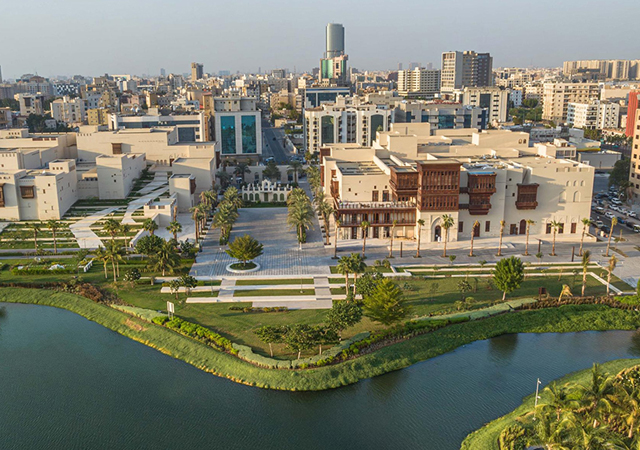
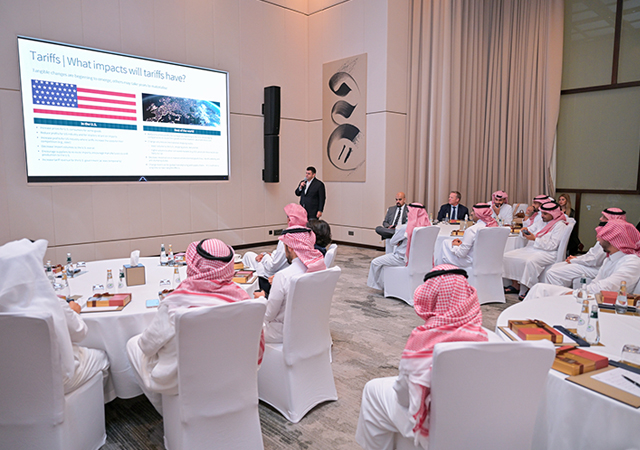
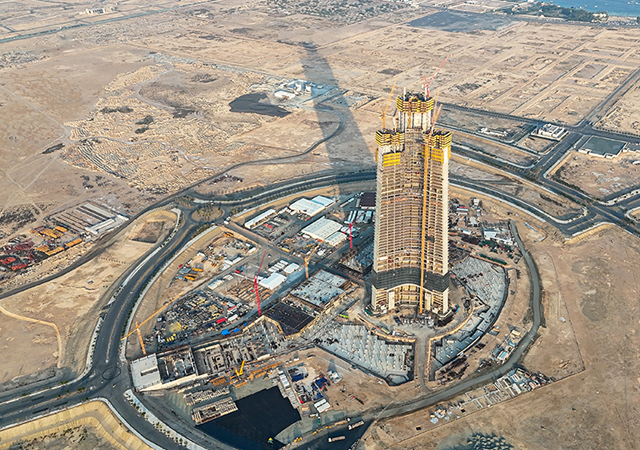
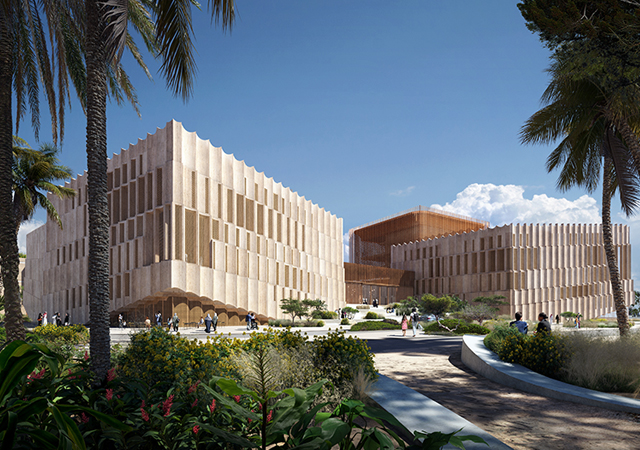
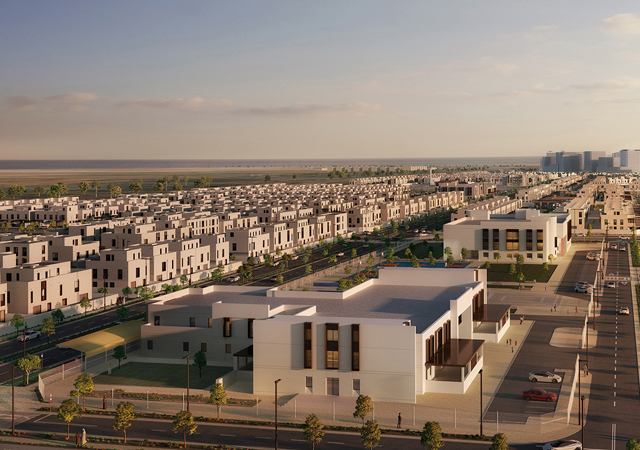
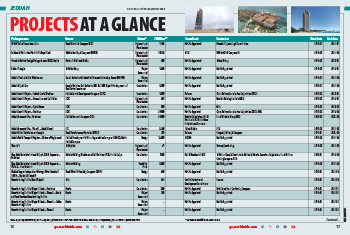
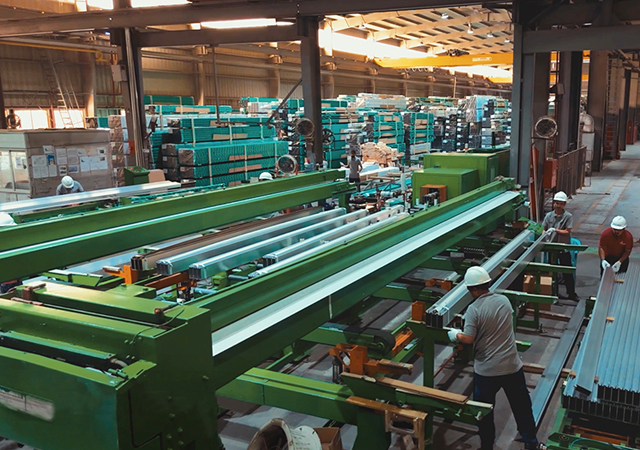

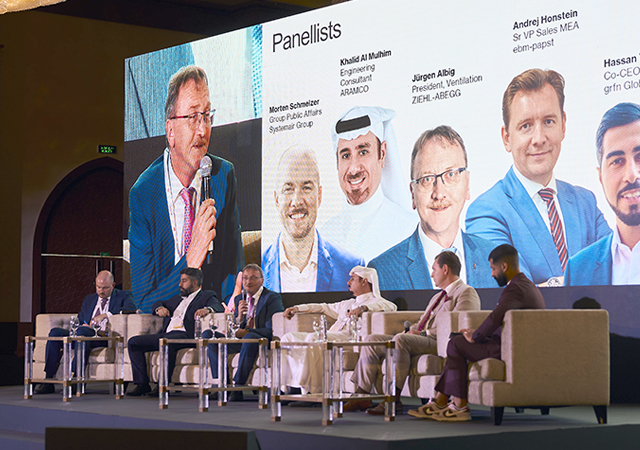
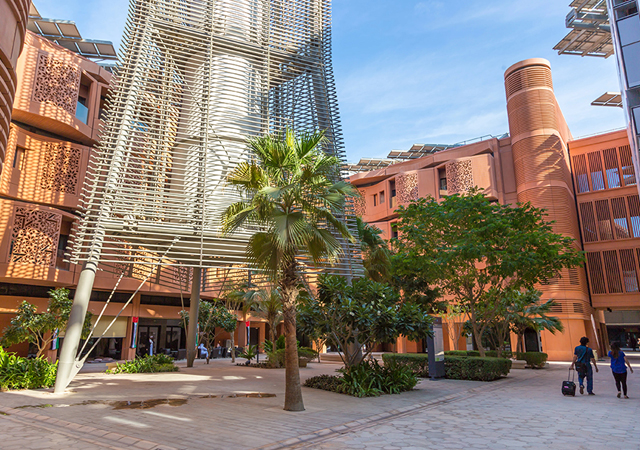
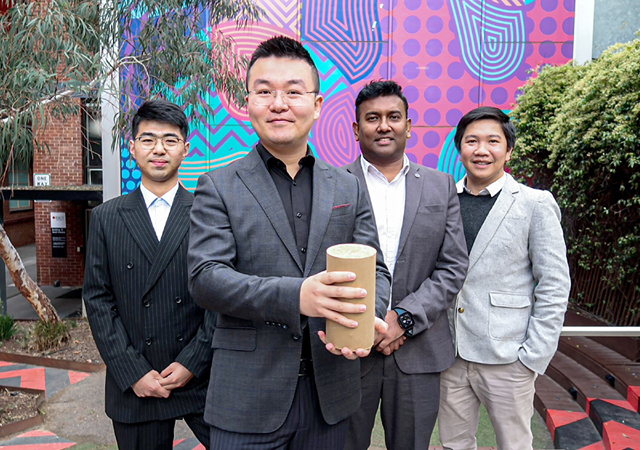
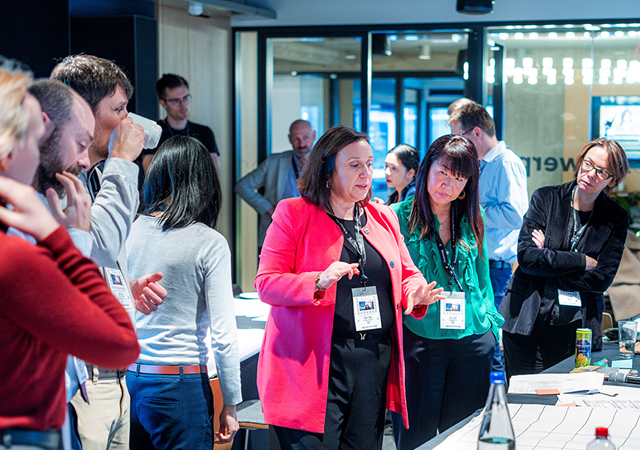
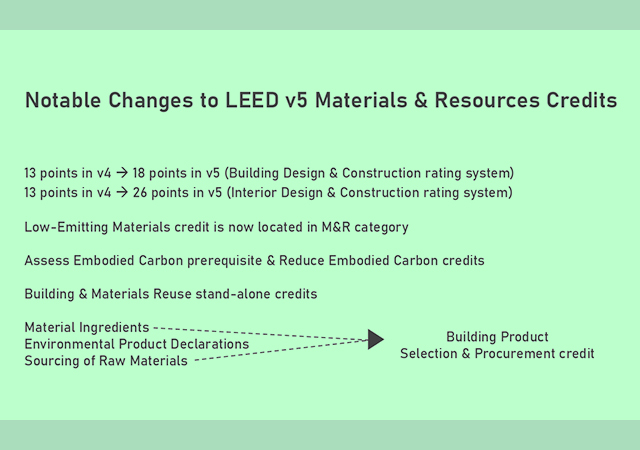
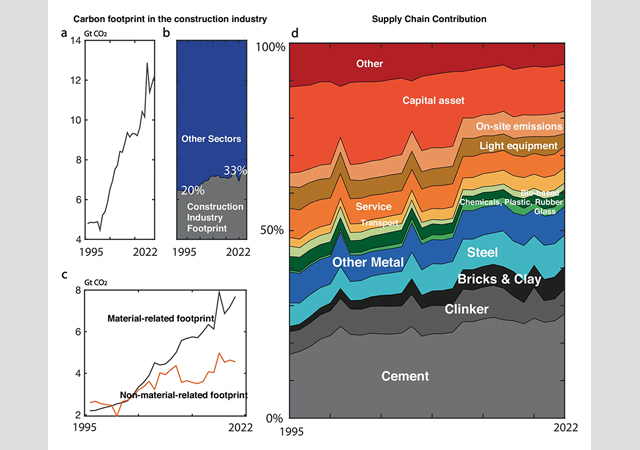
.jpg)
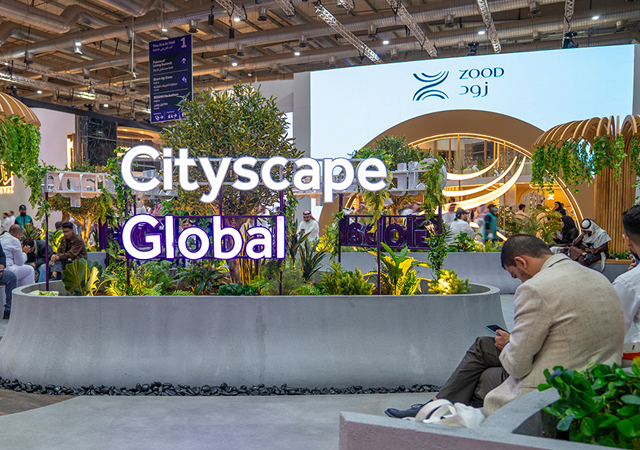
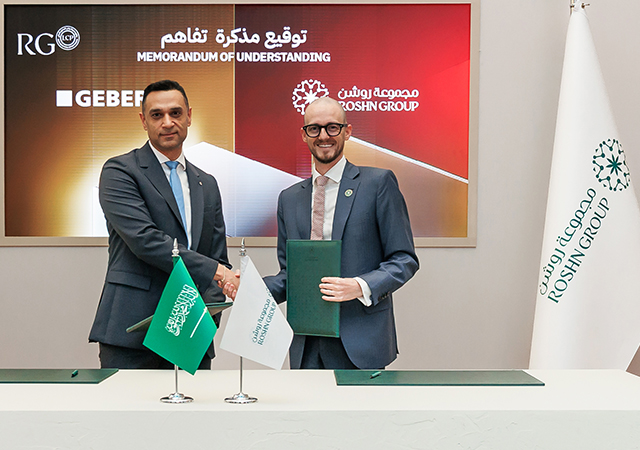
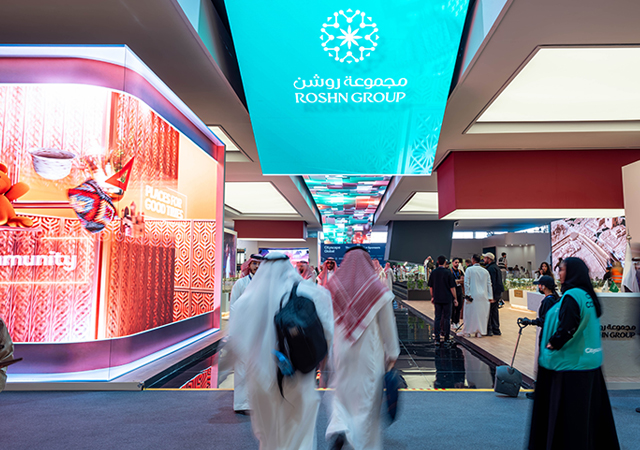
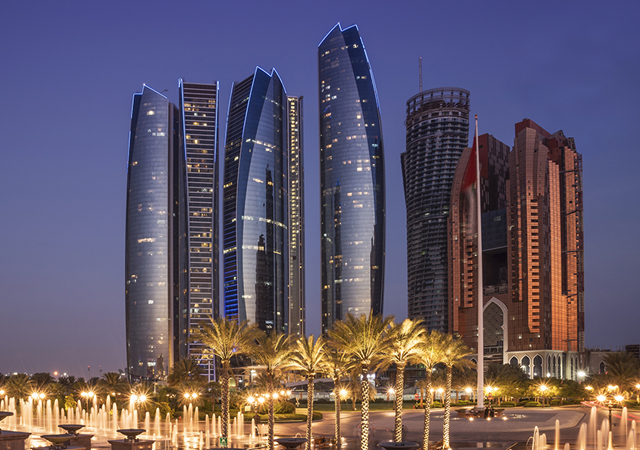
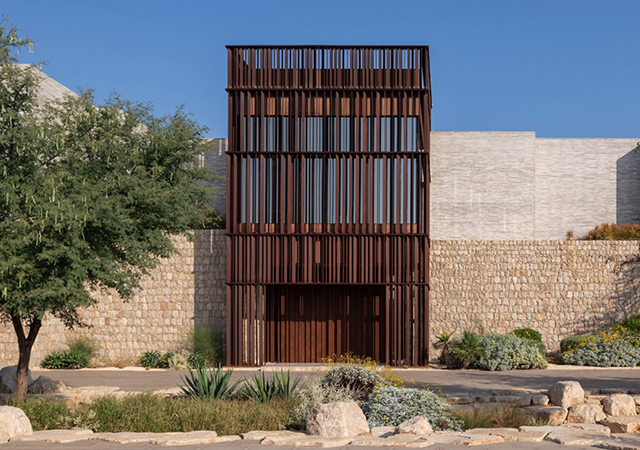
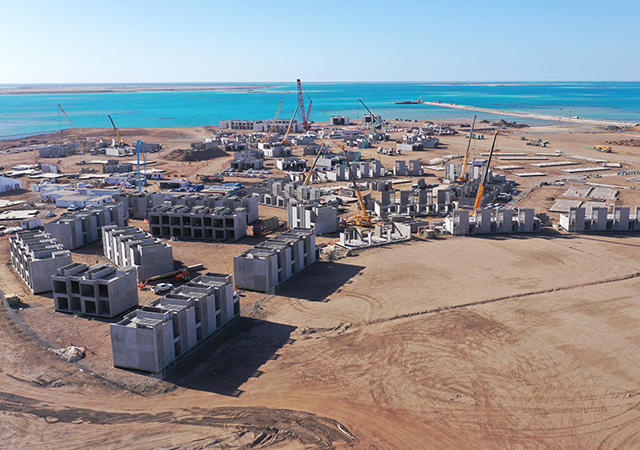
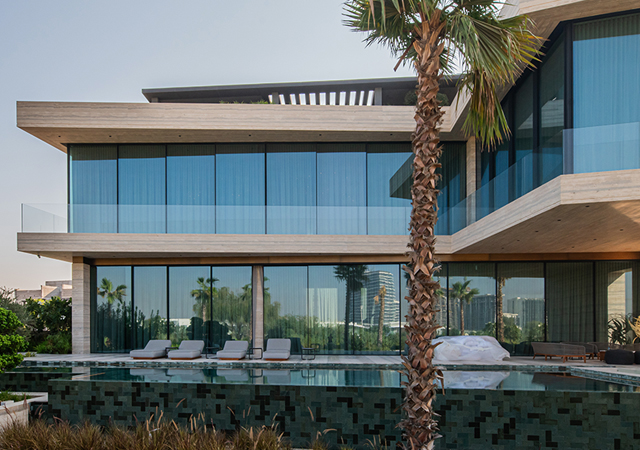
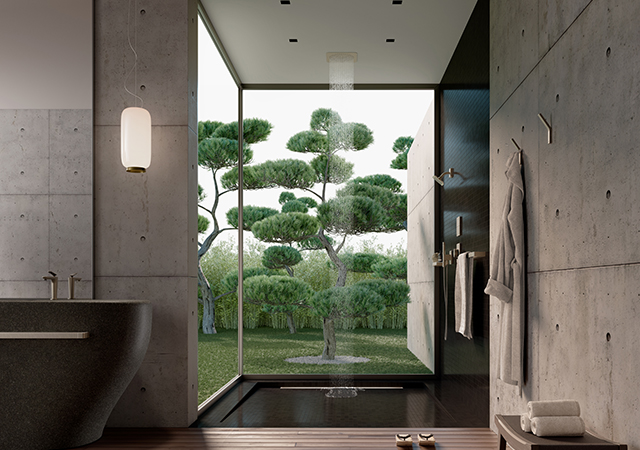
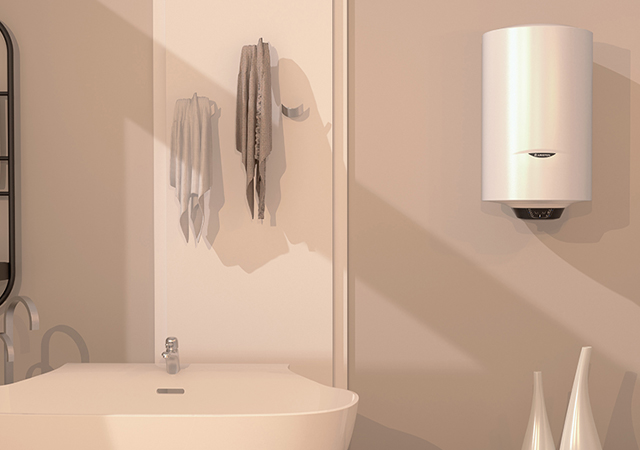
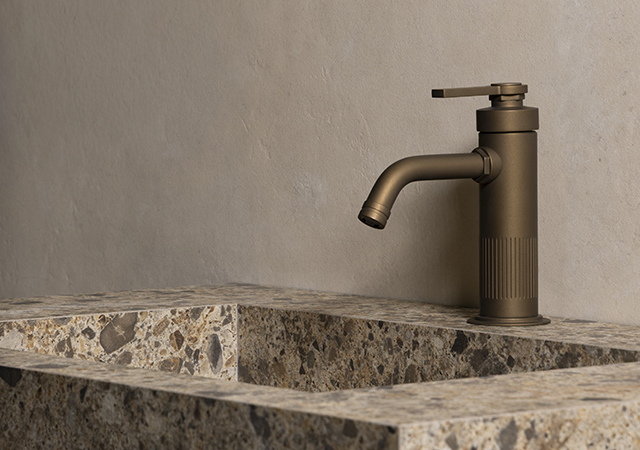

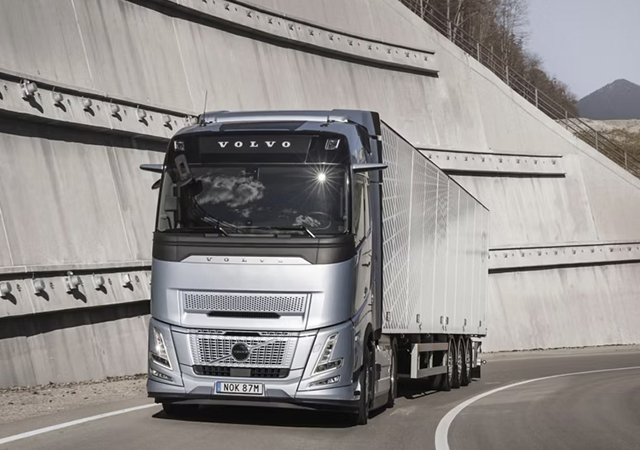
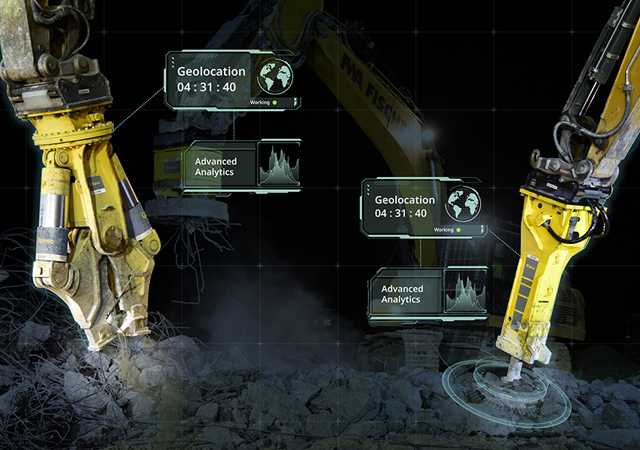
 (1).jpg)

